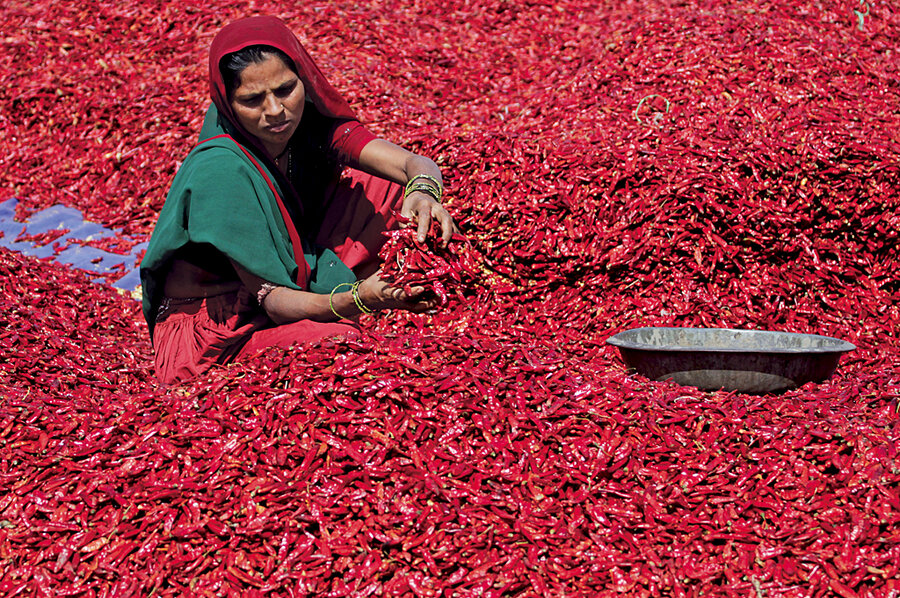Six groups empowering women in agriculture
Loading...
Farmers and farmers groups, researchers and scientists, and government leaders and policy-makers from across the continent are gathered to better understand family farming in North America and to agree upon common recommendations for the development and support of family farmers in the United States and Mexico. The Dialogue also hopes to identify the key challenges family farmers face as well as the solutions they’re developing in their communities.
This week, Food Tank is also excited to announce our collaboration with the Global Forum on Agricultural Research (GFAR). GFAR brings together all those working to strengthen and transform agricultural research for development around the world. During 2014 and the International Year of Family Farming (IYFF), GFAR is working with Food Tank to showcase and raise awareness and understanding of the challenges faced by smallholders and help identify efficient ways to support family farmers, especially women farmers.
GFAR’s Gender in Agriculture Partnership (GAP) is “transforming agriculture to empower women and deliver food, nutrition and income security.” GAP is a “vibrant, collective movement for change,” bringing together more than 150 institutions comprised of equally committed actors who work to break down gender barriers and achieve gender equality in agriculture. GAP member projects highlight the role of men and women as producers, develop participatory processes, address social norms and power relations in creating disparities, and put a spotlight on women farmers as the backbone of the land.
The timing of this initiative is more important than ever. Although women make up at least 43 percent of the agricultural labor force worldwide, they typically lack access to education, extension services, land, and credit.
And this gender inequality comes at a huge cost, not just for women, but society as a whole. Discrimination against women can undermine economic development by limiting food security for families and preventing women and girls from achieving greater opportunities in education. In addition, many agricultural research and development programs ignore the needs and hopes of women farmers.
But research from the U.N. Food and Agriculture Organization shows that if women had the same access to resources as male farmers, they could lift 100-150 million people out of hunger. According to Landesa, for example, when women farmers have secure land rights family nutrition improves, women become less vulnerable to contracting HIV/AIDS; they may be less likely to be victims of domestic violence; children, especially girls, are more likely to receive an education and stay in school longer; and women’s participation in household decision-making increases.
GFAR, among its many roles, works to highlight the important work of women farmers—as food producers, nutrition providers and care-takers, and as scientists, practitioners, and innovators and teachers in villages and cities, in governments and leadership at NGOs, and at research institutions all over the world.
In 2012, GFAR helped bring together women farmers and leaders from more than 50 countries at the First Global Conference of Women in Agriculture to highlight the importance of reducing the gender gap in agriculture and identifying ways forward to ensure that men and women are equal partners in food and nutrition security. The conference gave rise to GAP—eliminating the gender gap in agriculture, GFAR knows, requires cooperation and collaboration from a variety of food system stakeholders.
To celebrate this important work and the crucial role of women farmers, female agricultural scientists and researchers, and women-led food NGOs and businesses, GFAR and Food Tank are highlighting six innovative projects and initiatives that are working to strengthen women’s empowerment in agriculture:





